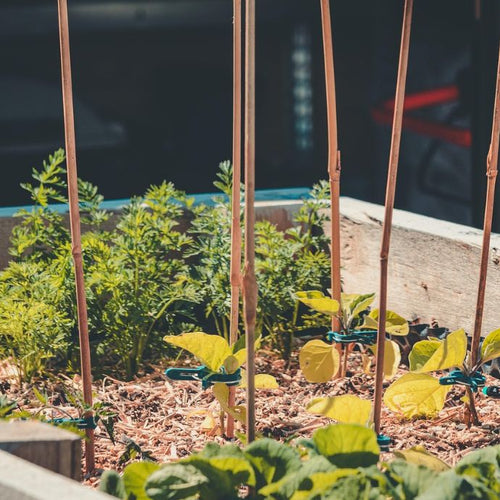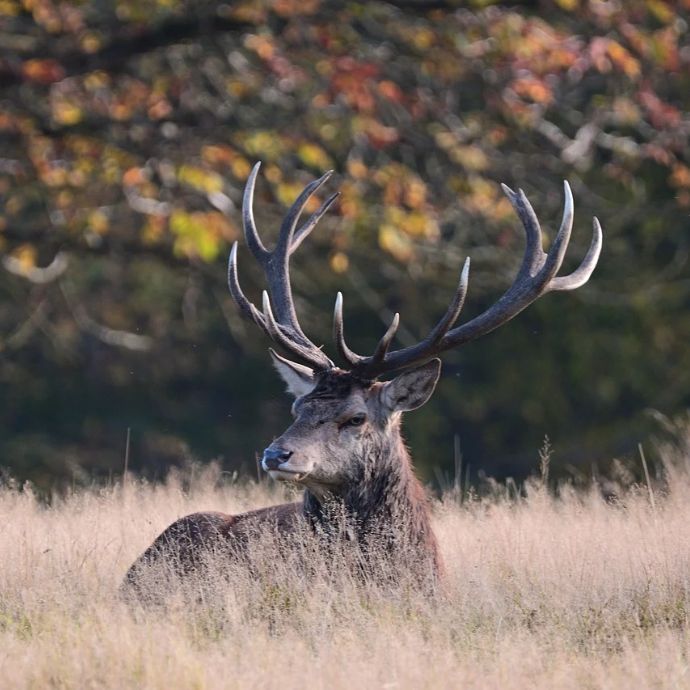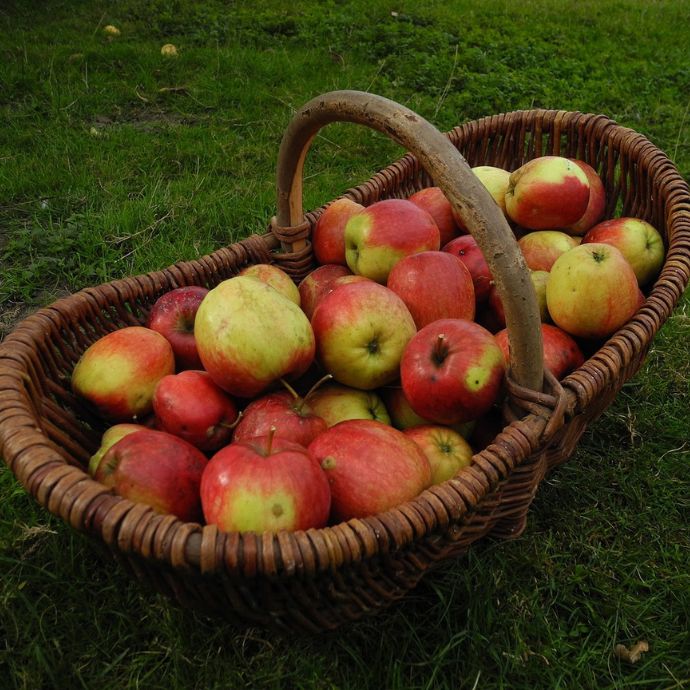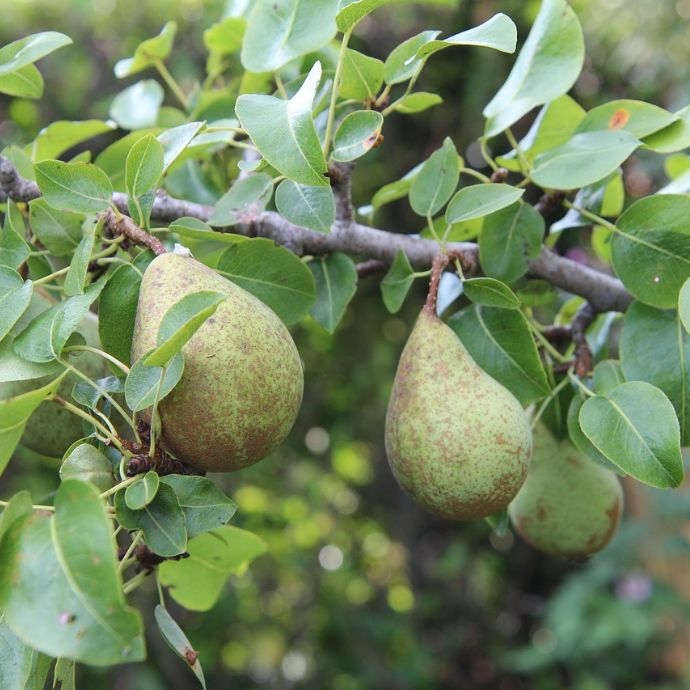Advice & Inspiration
Pruning Gooseberries & Other Care Tips

Gooseberries are an underappreciated gem of a fruit. When ripe, they have a deliciously sweet taste, underscored with notes of tangy tartness that lend to what is a really complex overall flavour profile. They can be eaten raw, used to make jams or incorporated into heavenly desserts. If you want to keep your gooseberry bush in tip-top shape, however, then you’ll need to prune it every now and then. Don’t worry, though, because in this guide we’ll be walking you through everything you need to know about pruning gooseberries.
Jump to:
- Why do gooseberries need pruning?
- When to prune gooseberry bushes
- How to prune bush-trained gooseberry plants
- How to prune cordon-trained gooseberry plants
- How to prune standard-trained gooseberry plants
- Top pruning tips
Why do gooseberries need pruning?
Like many soft fruit plants, pruning gooseberries helps keep the plant as healthy and productive as possible. An unpruned gooseberry can become overly congested, which can make harvesting the fruits more difficult, increase the risk of disease and make your gooseberry bush less productive in terms of berry production. Pruning requirements vary depending on how you’re growing your gooseberry plant – bush, cordon or standard.
When to prune gooseberry bushes
You should aim to prune your gooseberry plant every year during its dormant season (between November and March). If you’re growing your gooseberry plant as a cordon, then some additional pruning will also be needed during the summer months.

How to prune gooseberries
Below, we’ve broken down how to prune the various gooseberry shapes, starting with how people most commonly grow their gooseberries – as a bush.
Pruning bush-trained gooseberries
Initial pruning
After you’ve planted your gooseberry bush, your goal is to create a goblet-shaped framework of branches (up to ten branches growing with an airy interior from a short central stem, also known as a leg). To start with, though, you’ll want to select around five healthy-looking branches and trim them back to between 15 and 30 centimetres. Completely cut away any other shoots.
Winter pruning
By the following dormant season, you’ll hopefully have a strong network of branches developing on your gooseberry plant; remember, you’re aiming for a total of between eight and ten if possible. Take these main branches and shorten them by up to a third. Get rid of any shoots growing inwards towards the interior of the goblet shape, or that are rubbing against any other branches. For all other shoots, trim them back to just a few buds. As before, keep the ‘leg’ of your bush nice and clear.
Ongoing renewal pruning
Every winter thereafter, it’s beneficial to remove some of the older branches as this helps new, more productive growth to appear (as well as ensuring you maintain that nice, airy goblet shape we mentioned before).
You don’t want to cut away too much; two or three branches is plenty. Trimming the leg of the bush of any sideshoots is also advisable, as this encourages the plant’s energy towards its main fruit-producing branches, rather than into smaller branches lower down (as these might drag against the ground, particularly when weighed down by gooseberries).
Pruning cordon-trained gooseberries
Columnar or ‘cordon’ gooseberry plants typically comprise a single (or in some cases, a few) vertical stems tied into a support, such as a freestanding wire trellis alongside some bamboo canes.Initial pruning
The first winter after planting your gooseberry plant, cut the main stem back by roughly a half, then tie it into your cane and trellis. If there are any other shoots, trim these back to one healthy bud. Make sure you keep the lowest part of your plant (from ground level up to around 15cm) clear of any sideshoots.First summer
The following summer, take your central leader and keep tying it in the taller it gets. For any sideshoots that have reached eight leaves, cut these back to just four or five leaves. With any other sideshoots, prune these back to just a single leaf.Second winter
Next winter, trim back the season’s growth on the main stem by around one-third. For each sideshoot you cut during the summer, prune them back to just a couple of buds. As before, keep the section of the cordon near the ground nice and clear. When summer rolls around, follow the same steps as the previous summer.
Pruning standard-trained gooseberries
In horticulture, standards are plants comprising a clear stem and a bushy head of branches, often giving the appearance of a lollipop. Many plants are grown as standards, from formal, topiary laurels to fruit trees like figs. Gooseberry plants can also be trained into this shape, and require similar pruning to the bush shape outlined above. The thing you need to be most aware of is to keep the tall leader (stem) clear of any sideshoots, removing them as they appear.

Top pruning tips
Cutting to a healthy bud
When you prune your gooseberry plant, aim to cut to just above a healthy bud (at whatever length has been stipulated). Take care not to damage the bud, however, and if you accidentally cut into it, just cut back to above the next bud, instead. Cutting between buds can lead to the snag section above the bud dying.Using sterilised pruning equipment
Whatever you’re pruning, whether it be a gooseberry bush or anything else, it’s important that you use sterilised equipment. This reduces the risk of the pruning wounds becoming infected with problems like gooseberry mildew. To sterilise your shears or secateurs, wipe or dip your tools in a rubbing alcohol solution.Spur pruning
If you’ve noticed that your gooseberry bush seems to be producing lots of very tiddly gooseberries, and you want bigger, juicier berries, then spur pruning is a good option. Carried out in winter, this involves pruning your gooseberry bush so that its branches feature many stubby shoots, or ‘spurs’, on which gooseberries will be produced.
The bulk of spur pruning is done in winter, during its dormant phase. For the main branches, cut the previous season’s growth to a few buds. For sideshoots, cut back to just two buds. Then, towards the back end of June, look to reduce the length of any sideshoots growing from your plant’s primary branches to around four or five leaves. Hopefully, this will lead your plant to producing fewer, but larger gooseberries.

















